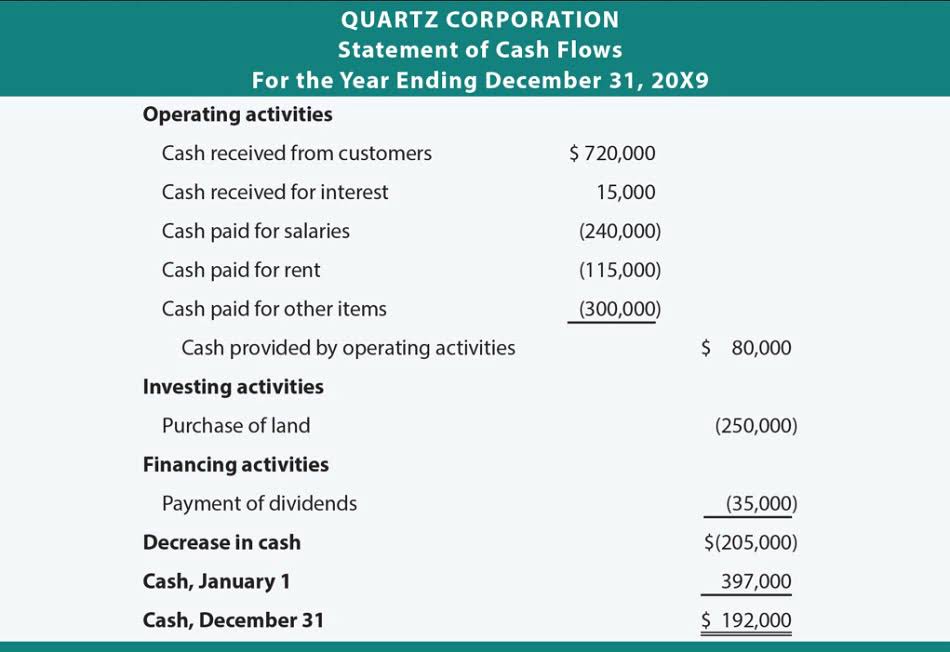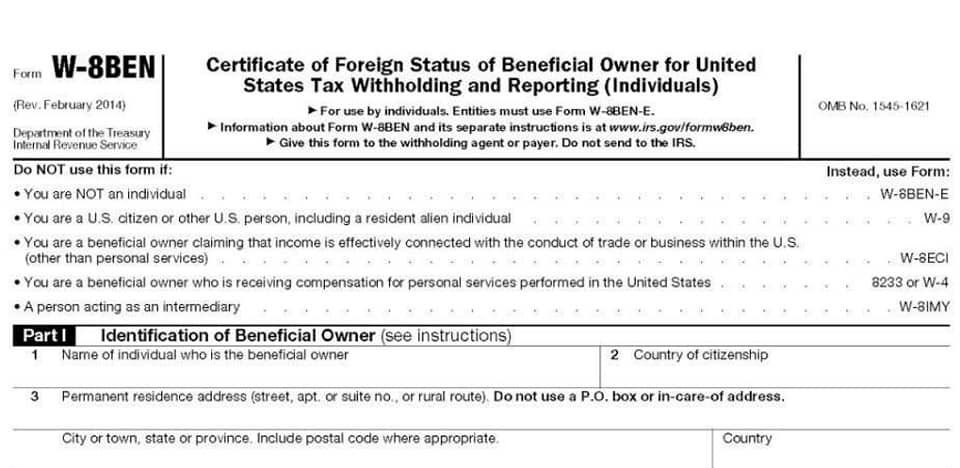
The accrual basis of accounting requires that expenses must be recognized when incurred regardless of when they Insurance Accounting are actually paid. Thus, interest that is due on a certain date but goes unpaid is still recorded to reflect the expense. Accrued interest is an important consideration when purchasing or selling a bond.
Accrued Interest in Accounting

For lenders and investors, it determines the amount of interest income they are entitled to at a given point. In financial markets, accrued interest plays a critical role in determining the price of bonds and other debt securities, ensuring fair transactions between buyers and sellers. For instance, upon receiving office supplies accompanied by a vendor invoice, a company immediately records this invoiced amount as an Accounts Payable liability, reflecting a confirmed debt. Accrued interest is the interest that has accumulated on a loan, bond, or other financial instrument since the last payment date but has not yet been paid by the borrower or received by the lender. This amount represents the earned interest on the principal for the period that has elapsed, even if the payment is due at a future date. For example, if a bond pays interest semi-annually, accrued interest represents the portion of interest that has accrued since the last payment until the current date.
Why is accounts payable not recorded as an expense?

Both accrued expenses and accounts payable are classified as current liabilities on the balance sheet because they represent obligations the company must pay within a short period. Accrued expenses and accounts payable are both classified as current liabilities since they must be settled within a short period. However, their impact on financial statements varies based on how they are recognized and recorded. Accrued expenses are company liabilities for costs incurred but not yet invoiced or paid, essential for accurate accrual accounting. Similarly, estimated utility usage in December, even with bills arriving in January, is also recorded as an accrued expense.

Accounts Payable

The lender’s adjusting entry will debit Accrued Interest Receivable (a current asset) and credit Interest Revenue (or Income). Such an amount is recorded as interest receivables or payables as the case may be. I.e., if the company has taken a loan, it will record interest payable, and if given a loan say, to another business, it will record an interest receivable. Accrued interest meaning in accounting is an amount that has been accrued but not yet paid over a period due to debt undertaken or given. The interest is accrued from the last payment date till the date of preparation of the accounts if it is not paid and the due date is on a later date.
- This practice ensures fairness and accuracy in bond transactions, making accrued interest a critical factor for investors engaging in secondary market trades.
- The distinction between accrued and regular interest has significant implications for financial planning.
- Accrued interest plays a significant role in the performance and management of investment portfolios.
- This is especially relevant for loans with irregular payment schedules or early repayments.
- To illustrate how these principles impact accrued interest, consider a business that takes out a loan to purchase a company vehicle.
Understanding these differences is key to managing financial obligations effectively. When someone purchases a bond, they’re basically loaning money to the government or company they purchased it from. As interest accrues, it’s typically added to whatever amount is borrowed and any other charges. Thus the above details tell us how to record accrued interest journal entry. When a borrower repays a loan, the payoff amount includes the accrued interest up to the repayment date. Accrued interest is added to the clean price of a bond to determine the dirty price.
How is accrued interest calculated?
For example, if a bondholder sells their bond before the next scheduled interest payment, the buyer must compensate the seller for the interest earned during their holding period. Should you fail to pay off the amount in full by the deadline, all the interest that would have accrued from the transfer date is added to your bill. Buy now, pay later (BNPL) services, offered by accrued interest meaning companies such as Affirm, Klarna, and Afterpay, may appear similar to deferred interest financing, but they work differently. 67% of retail investor accounts lose money when trading CFDs with this provider. You should consider whether you can afford to take the high risk of losing your money. Accrued interest plays a significant role in the performance and management of investment portfolios.
- Since the bond has an interest rate of 14%, the interest rate per month is 1.17%.
- For investors, understanding accrued interest can optimize investment strategies, particularly when trading bonds.
- The accrued interest for the party who owes the payment is a credit to the accrued liabilities account and a debit to the interest expense account.
- The lender’s adjusting entry will debit Accrued Interest Receivable (a current asset) and credit Interest Revenue (or Income).
- Bonds offer the owner compensation for the money they have lent in the form of regular interest payments.
It ensures fairness and accuracy in financial transactions, particularly for bonds and loans. This financial concept is critical for both borrowers and lenders, as it ensures accurate accounting and transparent financial reporting. It allows both parties to account for interest earned or owed during periods between payments. Accrued expenses and accounts payable are recorded as liabilities on a company’s balance sheet, but they differ in terms of timing, recognition, and financial impact. Understanding these differences is crucial for accurate financial reporting and effective cash flow management. Accrued interest aligns with the accrual accounting principle, which records income and expenses when they are incurred rather than when payments gross vs net are made.

Example in Bond Trading
By understanding the formula and methodology, individuals and businesses can ensure precision in their financial activities. Under the accrual basis of accounting, the amount of accrued interest is to be recorded with accrual adjusting entries by the borrower and the lender before issuing their financial statements. The above entered will be done by the borrower on its profit and loss statement and the balance sheet. The lender will report the interest as revenue on its PnL statement and a current asset as accounts receivables on the balance sheet.
To get the coupon payment, you might expect the price of the bond to rise by $250 before the specified date, and fall by the same amount right afterwards. To eliminate this unnecessary volatility, the concept of accrued interest is applied. For example, a $10,000 face value bond paying a 5.0% coupon with semi-annual payments, will produce two interest payments per year of $250. The holder of the bonds at the specified payment date is paid the full coupon amount (in this example $250), regardless of when the bond was purchased. Borrowers must pay both the principal and the accrued interest to remain in good standing.


Leave a reply